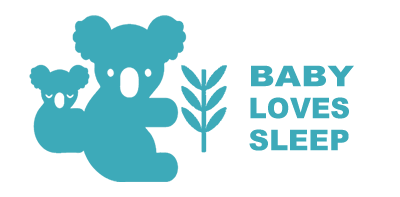Your Cart is Empty

Firstly, let's define what exactly is a weighted blanket.
Weighted blankets are designed to be heavier than normal blankets. Usually between 5 and 30 pounds (equivalent to 2 and 13 kilograms), weighted blankets are filled with plastic pellets, glass beads, ball bearings or other heavy fill. The pressure from the extra weight mimics a therapeutic technique called deep pressure stimulation, which models the experience of being held or hugged.
Weighted blankets have soared in popularity among adults and older children for their potential therapeutic benefits. Some of the potential benefits associated with weighted blankets include: reduced anxiety, improved sleep, sense of calmness and feelings of relaxation.
However, there is limited evidence and more research is required to validate reports of actual positive effects when using weighted blankets. It's also important to note that the effectiveness of weighted blankets can vary among individuals, and not everyone may experience the same benefits.
Additionally, weighted blankets are primarily designed for older children and adults. It is important to exercise caution when contemplating their use for infants or very young children, as safety concerns may arise.
ARE WEIGHTED BLANKETS SAFE FOR BABIES?
There's very little research on the safety of weighted blankets or weighted sleeping bags for babies, especially when it comes to sleep safety for little ones. We know that babies have tinier and more squishable airways, a chest wall that's easily compressed, and less breathing stamina compared to older kids and grown-ups.
Weighted blankets are often advertised as “calming blankets”, “sensory blankets”, “anxiety aids”, or “support blankets”. They are also being marketed in clever ways that lead parents to believe they are a safe option for babies. They are not and they can be fatal.
Babies have died due to pressure directly on or against their chests because the pressure inhibits full expansion of the chest and the abdominal movement required for healthy breathing.
There have been reports citing two specific deaths due to the use of weighted blankets:
- In 2008, a nine-year-old boy in Canada died after being wrapped in a weighted blanket, used almost as a form of restraint.
- In 2014 in the USA, a seven-month-old baby who was put down for a nap at daycare tragically died after he’d been covered with a weighted blanket that was half his weight.
These two deaths highlight what can happen if a baby or child cannot remove the blanket if they need to.
This brings us to wonder, why are there weighted blankets for babies?
We did some research and consulted with baby safety experts to find out the truth and help parents understand this important topic.
Here's what we found:
WEIGHTED BLANKETS POSE SEVERAL POTENTIAL DANGERS FOR BABIES AND HERE'S WHY:
- Suffocation Risk: Babies lack the strength and mobility to easily remove a heavy blanket if it covers their face or obstructs their breathing. This can increase the risk of suffocation or positional asphyxia.
- Overheating: Weighted blankets can trap heat, potentially causing a baby to overheat. Overheating is associated with an increased risk of SIDS (Sudden Infant Death Syndrome) and other sleep-related risks.
- Impaired Movement: The added weight of a blanket can restrict a baby's movement and limit their ability to shift positions during sleep. This restriction of movement can increase the risk of discomfort or potentially compromise their airway.
- Developmental Concerns: Weighted blankets are designed for adults and older children. Infants have developing motor skills, and using a weighted blanket at a young age may interfere with their motor development and hinder natural movement patterns.
American Academy of Pediatrics (AAP)
Here's what the American Academy of Pediatrics (AAP) has to say about weighted blankets for babies, and they are very clear with their recommendation: "weighted swaddle clothing or weighted objects within swaddles are not safe and therefore not recommended."
They have further said that the evidence available at this time does not indicate that weighted swaddle products are safe, nor does it demonstrate that they are effective in helping babies sleep longer or with fewer disruptions.
So if you're thinking about jumping on the band wagon of weighted blankets for your baby, we urge you to please consider alternatives.
To ensure the safety of your baby during sleep, it's important to follow the guidelines recommended by the Red Nose Foundation for creating a safe sleep environment. This includes:
- Placing babies on their backs to sleep
- Placing babies to sleep on a firm mattress with a fitted sheet
- Avoid loose bedding, blankets, pillows, or other items that may pose suffocation or strangulation hazards.
If you have concerns about your baby's sleep or are looking for ways to provide comfort, it's always best to consult with your pediatrician or healthcare professional for appropriate advice and safe alternatives.
If you're looking for safe sleep comfort and security for your little one, here's our recommendation:




































